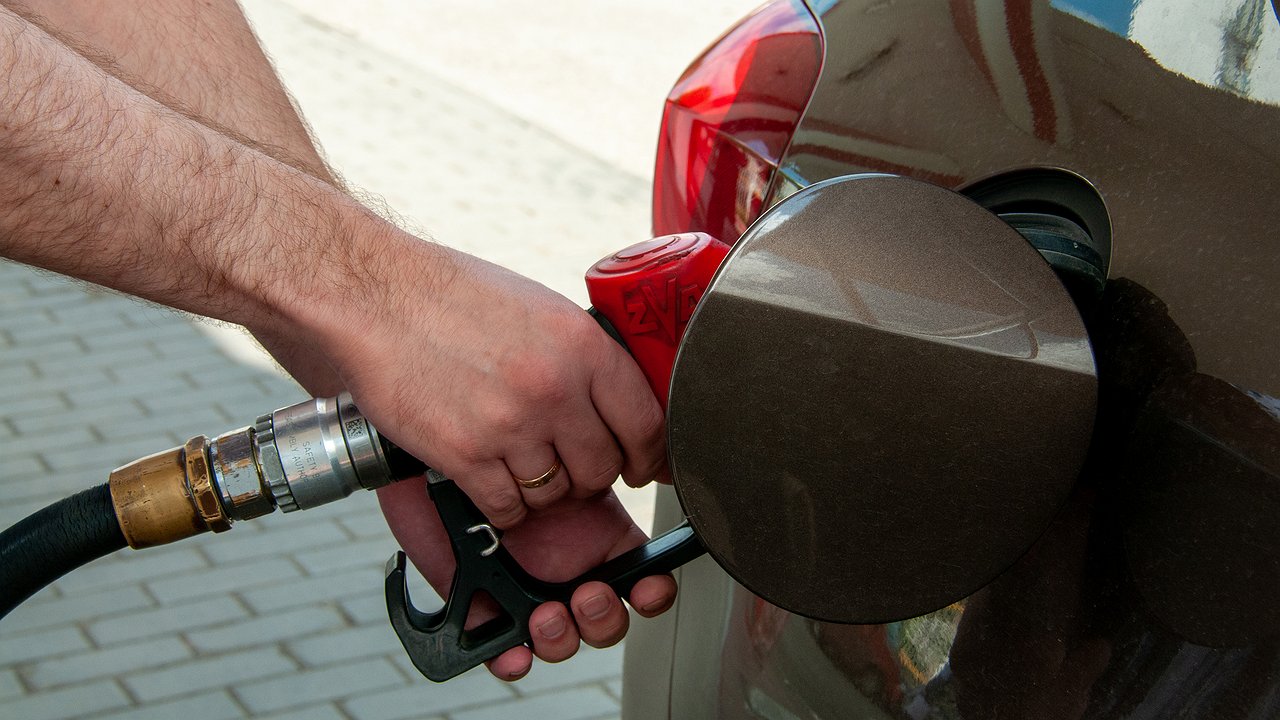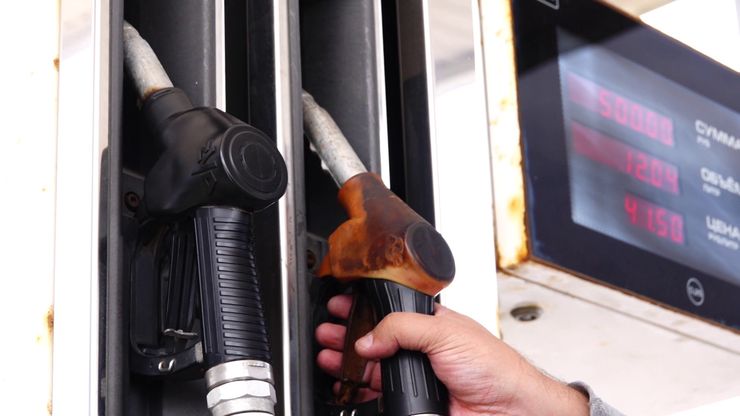Sometimes the fuel at a gas station does not want to be poured into the tank and the flow stops with annoying regularity. You should not immediately blame the stupid technique or your crooked hands for what is happening. It is possible that what is happening is an indication of the need to repair your car.
Few motorists like to constantly “at their fingertips” every time they visit the gas station to adjust the thickness of the stream that slowly flows from the gun into the tank, because the normal pressure immediately stops the gas station. But people sometimes tolerate this and attribute what is happening to the design features of their car’s filler or the individual quirks of the gas station where they are used to buying fuel.
Meanwhile, the gun’s “firings” indicate a number of possible problems with the engine power system. For example, about the high risk of blockage of a thin ventilation pipe of the gas tank. It usually runs down the neck and keeps fuel vapors from accumulating in the tank. And in general – so that the pressure in it does not differ much from atmospheric pressure. If the vent is clogged, then during refueling the air displaced by the poured fuel is forced not to pass through it, but through the neck, directly to the fuel stream from the gun. This causes the fuel pump sensor to stop the flow, believing that there is nowhere to pour gasoline (or diesel fuel).
Clogged ventilation of the gas tank not only contributes to the accumulation of vapors in it. For example, in the cold season they are not particularly formed. But as fuel is pumped into the engine cylinders, more and more free volume is gradually created in the tank. That is, a kind of reduced pressure chamber is created.
This effect is especially noticeable when the fuel has moved from the “below the neck” mark to the “almost empty” state. This “vacuum” counteracts the efforts of the fuel pump and resists the flow of fuel to the engine. Because of this, there are sometimes serious interruptions in his work, which even experienced repairmen cannot explain. This type of scenario is especially likely when the carbon adsorber in the gas tank vent system is clogged. In older machines, the housing of this device may collapse (for example due to corrosion). After that, the contents completely “caulk” the system.
There is a special mechanical valve in the tank of every car that prevents fuel from spilling if the vehicle overturns. Sometimes the car loses its mobility after a long standstill period. This disrupts normal charging. Much more dangerous, however, is that in the event of an accident, a faulty valve cannot stop fuel spilling from the tank. Which will most likely lead to a fire and serious consequences.
Thus, the systematic “shooting” of the filling nozzle is a signal for the car owner: contact the mechanics as soon as possible and eliminate the cause!
Few motorists like to constantly “at their fingertips” every time they visit the gas station to adjust the thickness of the stream that slowly flows from the gun into the tank, because the normal pressure immediately stops the gas station. But people sometimes tolerate this and attribute what is happening to the design features of their car’s filler or the individual quirks of the gas station where they are used to buying fuel.
Meanwhile, the gun’s “firings” indicate a number of possible problems with the engine power system. For example, about the high risk of blockage of a thin ventilation pipe of the gas tank. It usually runs down the neck and keeps fuel vapors from accumulating in the tank. And in general – so that the pressure in it does not differ much from atmospheric pressure. If the vent is clogged, then during refueling the air displaced by the poured fuel is forced not to pass through it, but through the neck, directly to the fuel stream from the gun. This causes the fuel pump sensor to stop the flow, believing that there is nowhere to pour gasoline (or diesel fuel).
Clogged ventilation of the gas tank not only contributes to the accumulation of vapors in it. For example, in the cold season they are not particularly formed. But as fuel is pumped into the engine cylinders, more and more free volume is gradually created in the tank. That is, a kind of reduced pressure chamber is created.
This effect is especially noticeable when the fuel has moved from the “below the neck” mark to the “almost empty” state. This “vacuum” counteracts the efforts of the fuel pump and resists the flow of fuel to the engine. Because of this, there are sometimes serious interruptions in his work, which even experienced repairmen cannot explain. This type of scenario is especially likely when the carbon adsorber in the gas tank vent system is clogged. In older machines, the housing of this device may collapse (for example due to corrosion). After that, the contents completely “caulk” the system.
There is a special mechanical valve in the tank of every car that prevents fuel from spilling if the vehicle overturns. Sometimes the car loses its mobility after a long standstill period. This disrupts normal charging. Much more dangerous, however, is that in the event of an accident, a faulty valve cannot stop fuel spilling from the tank. Which will most likely lead to a fire and serious consequences.
Thus, the systematic “shooting” of the filling nozzle is a signal for the car owner: contact the mechanics as soon as possible and eliminate the cause!
Source: Avto Vzglyad
Donald Salinas is an experienced automobile journalist and writer for Div Bracket. He brings his readers the latest news and developments from the world of automobiles, offering a unique and knowledgeable perspective on the latest trends and innovations in the automotive industry.














